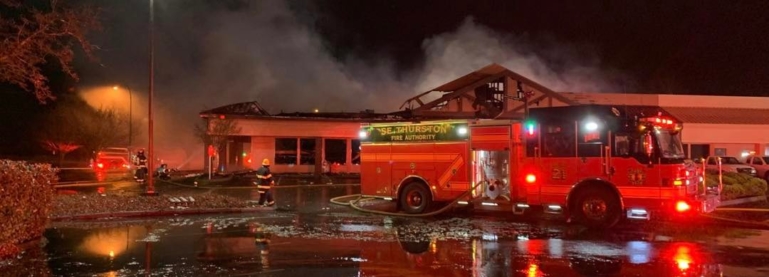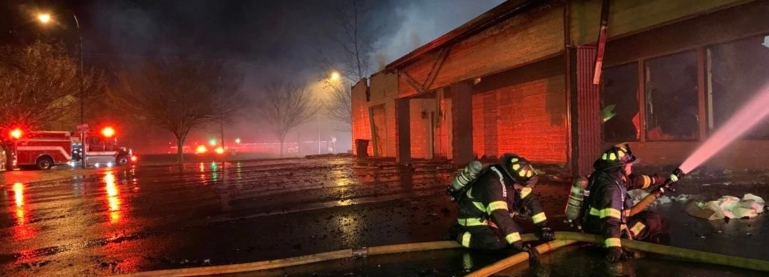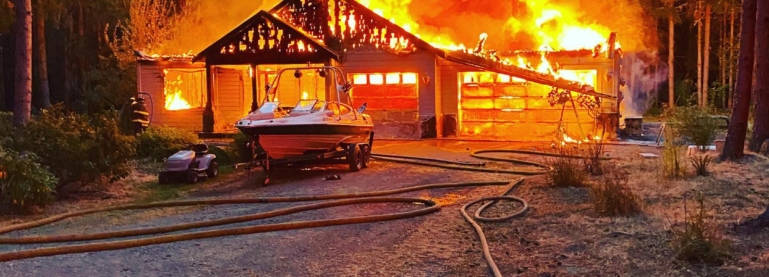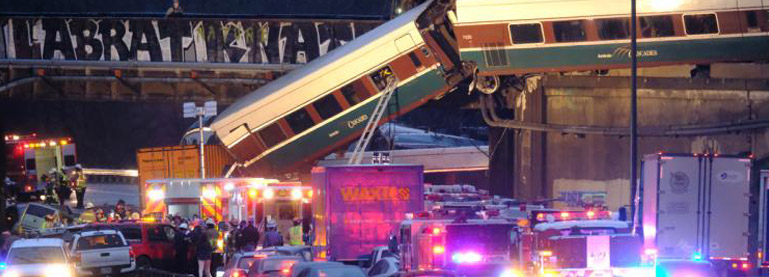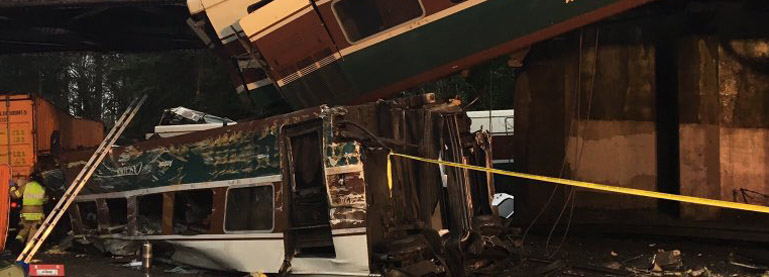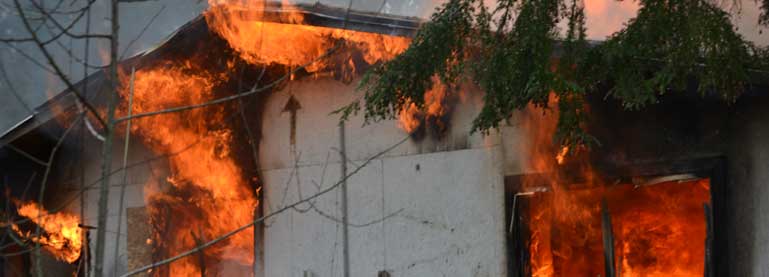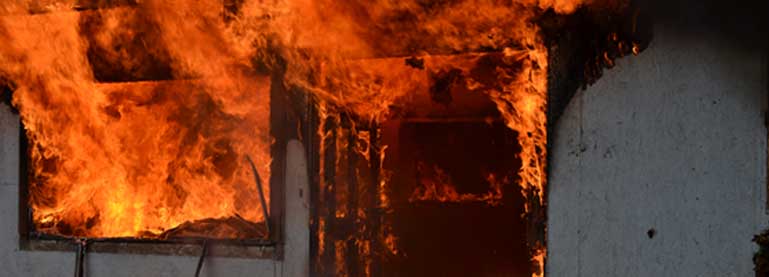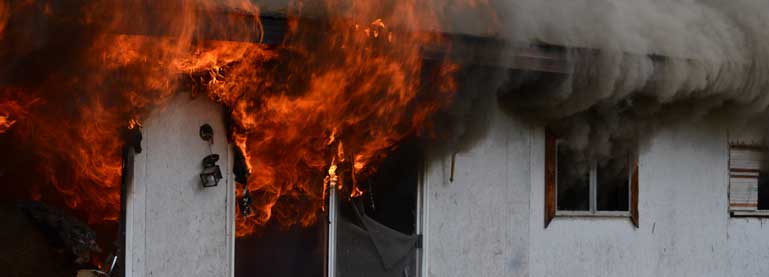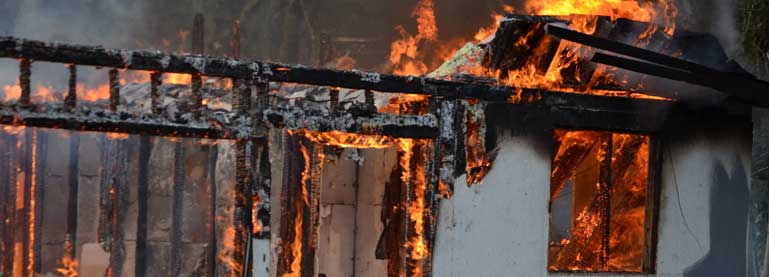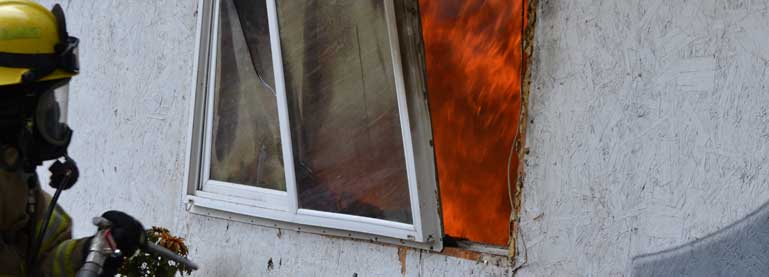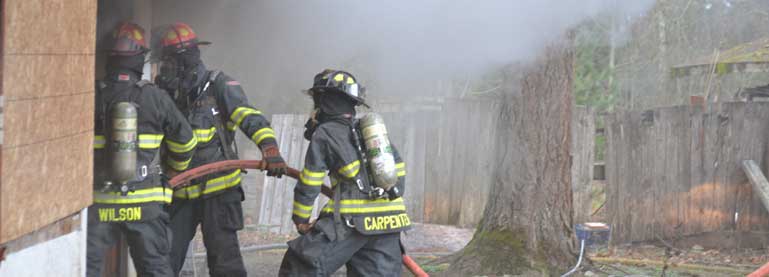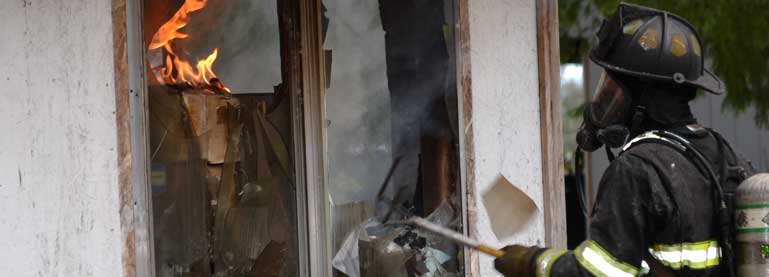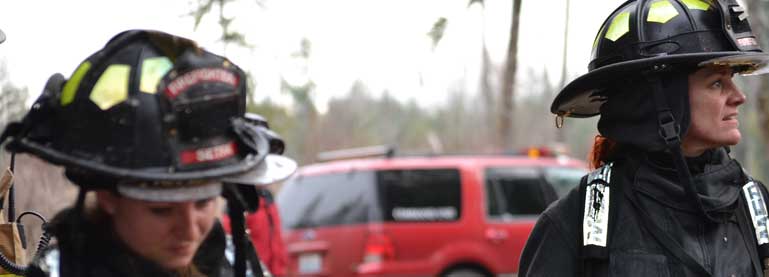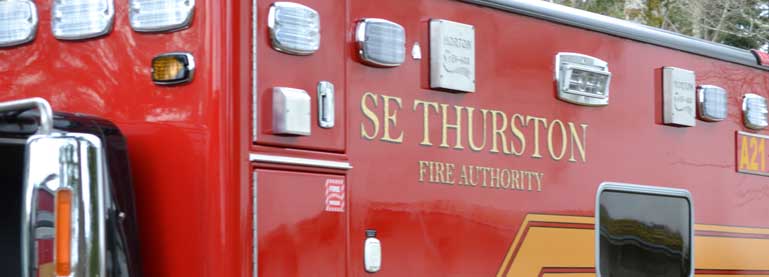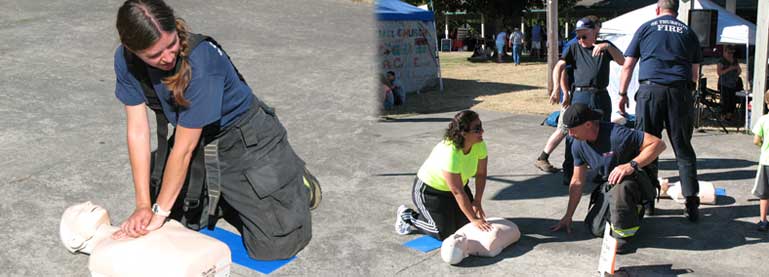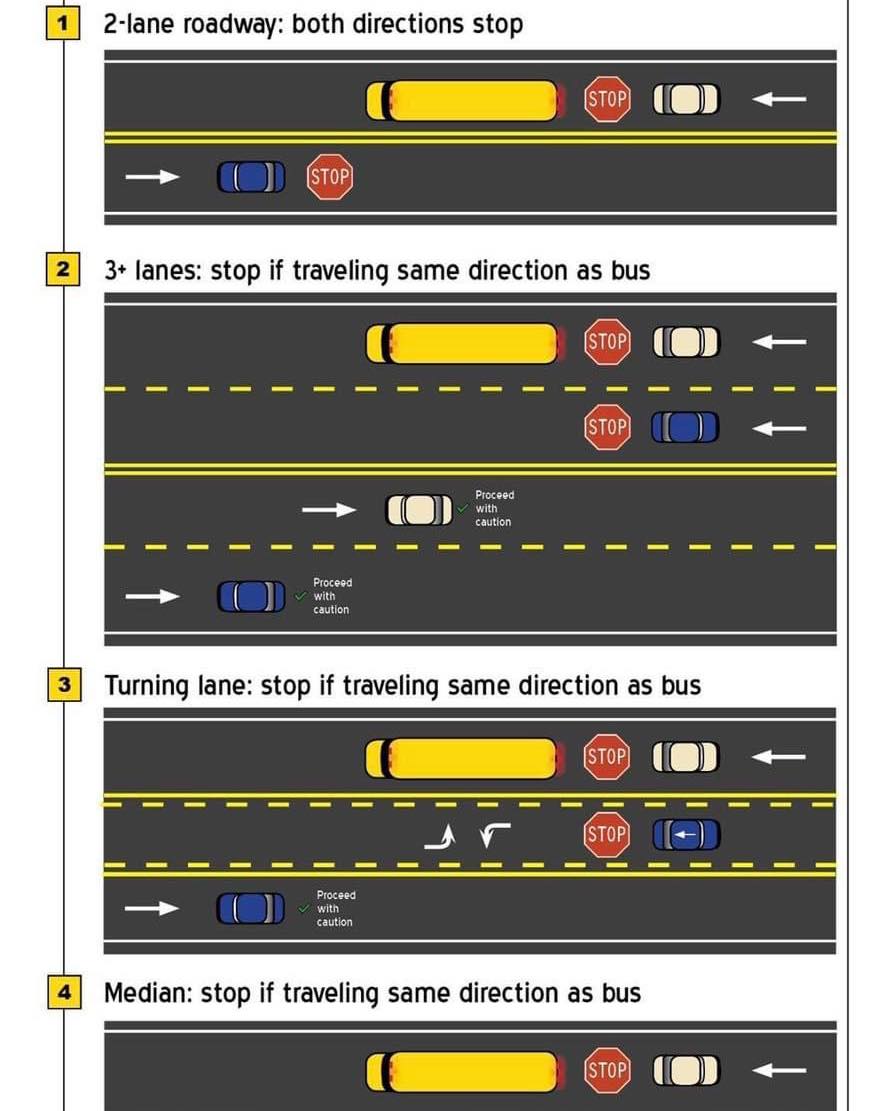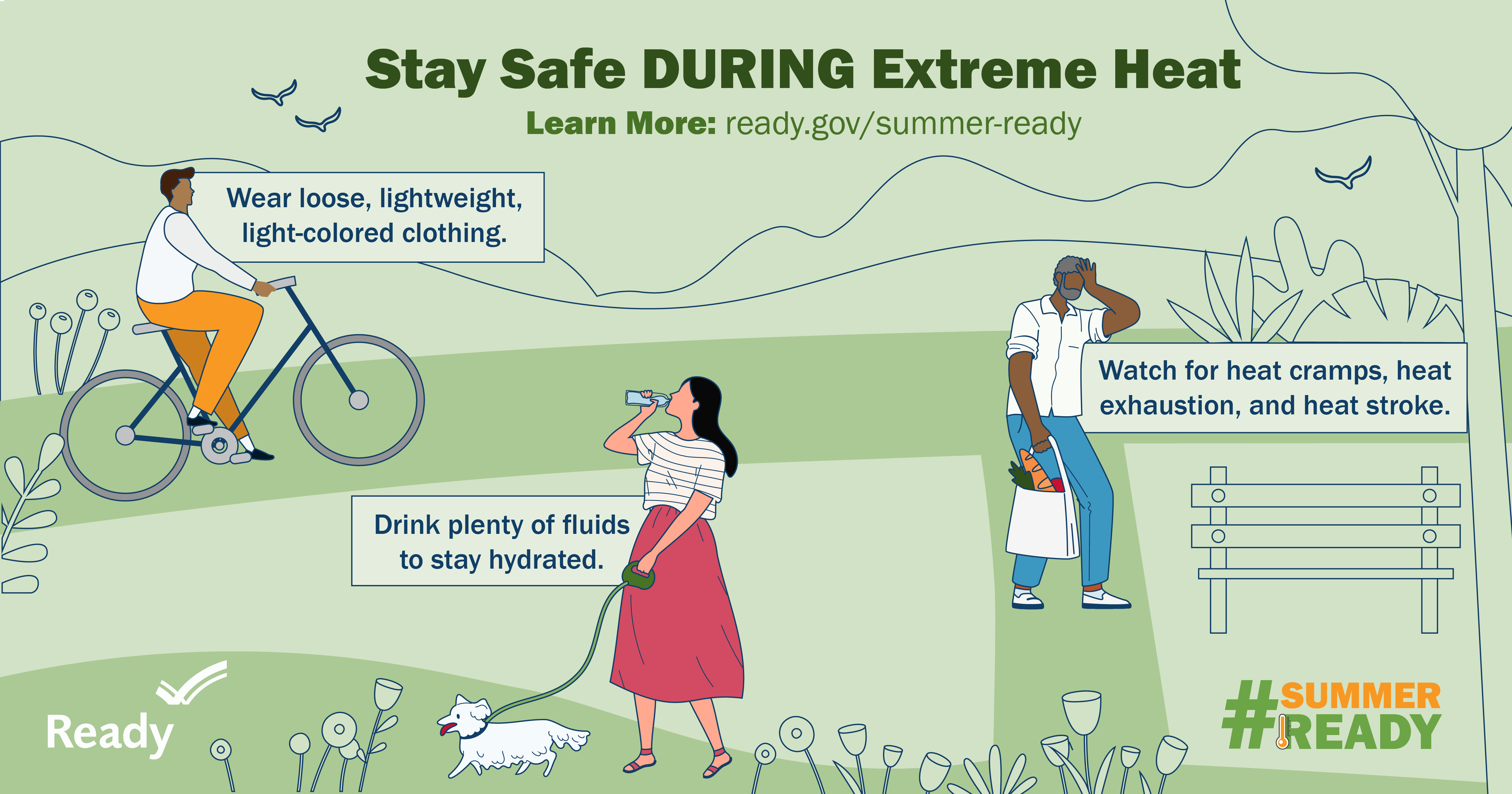How fast does fire move? Very fast. You could have less than 2 minutes to get out safely once the smoke alarm sounds.
7 steps to practicing your escape plan.
1. Draw a map of your home. Include all doors and windows.
2. Find thew ways out of every room.
3. Make sure doors and windows are not blocked.
4. Choose an outside meeting place in front of your home.
5. Push the test button to sound the smoke alarm.
6. Practice your drill with everyone in the home.
7. Get outside to your meeting place.
Click Here to Download Escape Plan Grid
Click Here to Download Escape Plan Poster
For more information about escape planning, visit: www.usfa.fema.gov and www.nfpa.org.

